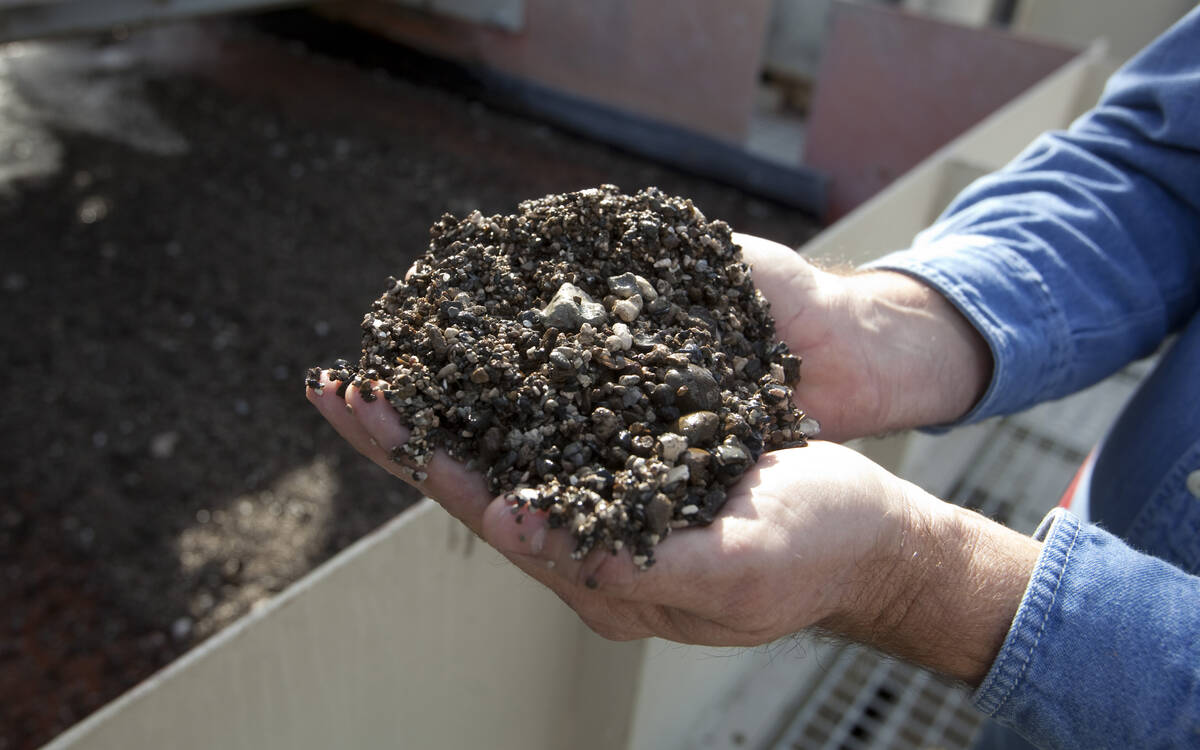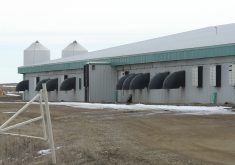A forecast prepared by the board of directors of Saskatchewan Pulse Growers predicts pulse sales will double in the next 15 years.
The board has developed a strategic plan calling for seven million tonnes of exports out of Saskatchewan by 2025, up from 3.5 million tonnes in 2009-10.
“When you start looking at world demand for plant protein, it’s only pointing upward,” said executive director Garth Patterson.
To reach that goal, lentils and other pulses will have to play a bigger role in the rotations of Saskatchewan farmers. The association hopes to see nine million acres of pulses by 2025, up from six million acres seeded in 2010.
Read Also

Phosphate prices to remain high
Phosphate prices are expected to remain elevated, according to Mosaic’s president.
“Certainly we have the capacity in Saskatchewan to produce those pulses. The question will be, is there a market there to absorb them?” Patterson said.
The answer largely depends on what happens in India, a country that traditionally buys more than one-third of Canada’s peas and lentils.
India is putting a scare in pulse markets by heavily promoting domestic production. The government increased minimum support prices for 2010-11 pulses by 15 to 30 percent over last year compared to marginal increases for cereal and oilseed crops.
Analysts expect the policy to result in a huge boost in acreage and production. The U.S. Department of Agriculture is forecasting a record 16 million tonnes of pulse output for 2010-11, up from 14.5 million tonnes the previous year.
Some people in the pulse trade think this year’s harvest could be as high as 18 to 19 million tonnes, which would meet India’s normal annual consumption.
That has analysts wondering if a paradigm shift in demand is taking place in the world’s most important pulse market.
Patterson, who was recently in India, does not believe that to be the case.
“Certainly the trade we’re speaking to here see a strong future for continued imports for India,” he said.
India’s government has established an objective of doubling pulse consumption, bringing it back to historic levels of 50 to 60 grams per person per day. Malnutrition is a chronic social and political problem in that country and pulses are the most economical source of nutrition.
Indian crop traders have told Patterson that if the government is successful in its campaign, it could create 25 million tonnes of annual pulse demand.
A good portion of that would have to be supplied by exporters like Canada because India faces considerable challenges in boosting its own pulse production. The average farm is much smaller than it is in Canada and relies on manual labour rather than mechanization.
The Indian government is already promoting increased consumption of a pulse crop it imports from Canada.
“We’ve been told that they’re actually putting advertising on TV encouraging Indians to eat yellow peas because it’s a good source of plant protein,” said Patterson.
It is that type of evidence that makes the association confident that pea demand will continue to expand over the next 15 years.
But the biggest export gains are expected to be realized in lentils, a fast cooking pulse that offers benefits for both farmers in Saskatchewan and consumers in Africa and Asia.
“We can produce lentil very economically and we think it’s got a good micronutrient status in iron, zinc and selenium,” said Patterson.
A third pulse with strong future export potential is fababeans.
One of the association’s goals is to pave the way for commercial introduction of the crop, which it believes could be grown on 500,000 acres by 2025.
Patterson said it could be a nice fit as a feed ingredient in pet food and aquaculture markets.















